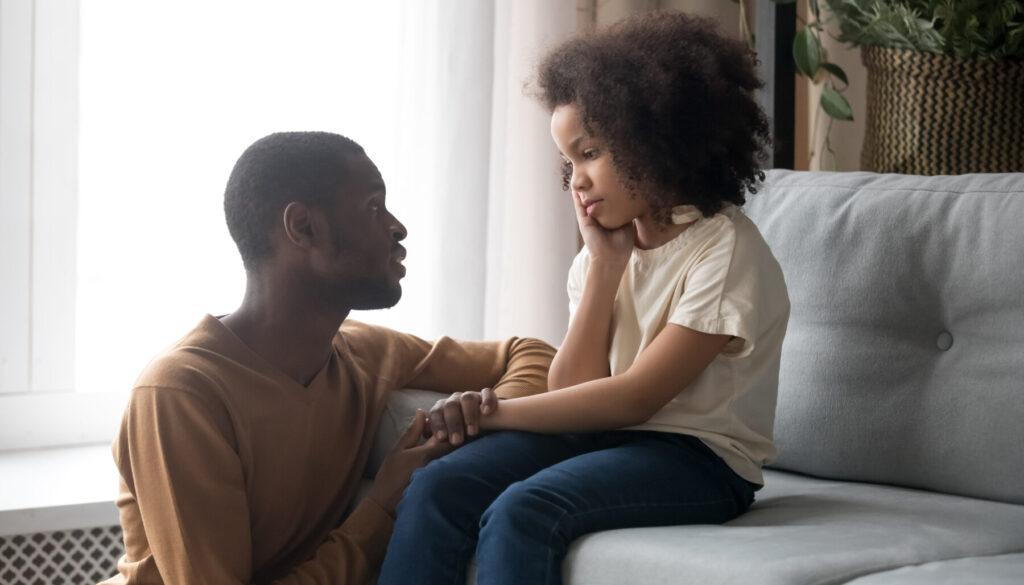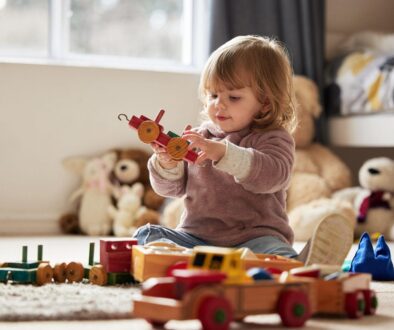Behavior Is Communication

When young children have a hard time expressing themselves verbally, their behavior often becomes their primary way to communicate. They may not yet have the language skills to say, “I’m frustrated,” or “Play with me.” Instead, they might cry, throw things, or act out in other ways. By paying close attention to these behaviors, parents and caregivers can start to understand the messages behind them.
Recognize What They Need
Behavior in young children often reflects unmet needs. For example, a toddler might act out when they’re tired, hungry, or overwhelmed. By observing when and why these behaviors occur, adults can respond to the need rather than the behavior itself. For instance, a child might not know how to say, “I need a break,” but might wander away from group activities when they’re overstimulated. Giving them space to rest or regroup can prevent further frustration.
Notice Emotional Cues
Emotions like fear, excitement, sadness, or anger can drive children’s actions. If a child throws a toy, they may not be “misbehaving” but instead expressing frustration in a way they know how. Helping them label their emotions like, “It seems like you’re feeling frustrated,” helps calm them down and builds emotional intelligence.
Teach Coping Strategies
Once we recognize behavior as communication, we can start teaching children better ways to express themselves. Simple strategies like taking deep breaths, asking for help, or using words to express feelings can empower children to communicate effectively. By modeling these strategies, adults create a supportive environment where children feel understood and safe.
Be Patient and Responsive
Understanding that behavior is communication takes patience and observation. It’s important to remain calm and not take challenging behaviors personally. Being present with a child’s big feelings teaches them that their emotions are valid and manageable, fostering emotional resilience and trust. Responding gently and consistently helps build trust and teaches children to express themselves in ways others will understand.
When we see behavior as a form of communication, we gain insights into a child’s needs and feelings and help them grow into more self-aware, expressive individuals.





